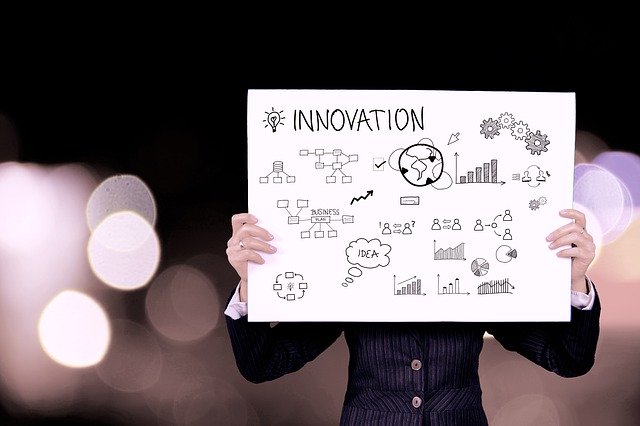Clearly, we’ve moved past the industrial age to the information age, where data, blockchain, and quantum computers may prove to be the great disruptors in every economy, sector, segment, and industry. Understanding the basics of these technologies can help leaders address fears, engage all stakeholders, and achieve sustainable success.
When this topic comes up in the organizations where I consult, we examine assumptions. What do you know about disruptive innovation? What do your employees know? Here are just a few topics to consider:
Data: Facebook, Google and Twitter now collect 5.6 billion bits of data per day. And in just the first three weeks of February 2020, HBR published 11 articles on the subject of data. How are you using data? Do your employees understand how their data is being collected and used?
Blockchain: A growing list of records (blocks) linked using cryptography. Each block contains a cryptographic hash of the previous block, a timestamp, and transaction data. The data in any given block cannot be altered retroactively without alteration of all subsequent blocks, which requires consensus of the network majority. Reuters has created a great graphic of this process.
Quantum computers: A handful of companies have introduced prototype quantum computers. The fundamental component is the quantum bit, or qubit, which can have a value of 0 or 1 at the same time. This allows quantum computers to consider and evaluate many outcomes simultaneously, thereby increasing their calculating power exponentially.
Deeper Thinking of Disruptive Innovators
Not all leaders are disruptive innovators. But, let me ask: When was the last time that you reviewed your mission statement, values, and understanding of a Triple-Bottom Line?
Consider this: Twenty-five years ago, John Elkington coined the phrase “Triple Bottom Line.” In 2018, he pointed out the misuse as an accounting framework, where profit remains center stage. In the HBR article, Elkington explains, “The TBL wasn’t designed to be just an accounting tool. It was supposed to provoke deeper thinking about capitalism and its future, but many early adopters understood the concept as a balancing act, adopting a trade-off mentality.” The goal of the triple bottom line was to transform a system change; a disruptor to unsustainable sectors and a genetic code for next-generation market solutions.
When the concept of the triple-bottom line was introduced, stakeholders included all people: from stock-holders, to employees, to consumers.
What If…
Rather than re-distribute wealth, could we pre-distribute it? Could we democratize the way that wealth gets created in the first place? I am intrigued by these questions, amongst others posed by author Don Tapscott in a TEDTalk:
“Technology doesn’t create prosperity, people do. But here’s where technology has escaped out of the genie bottle. It’s giving us another opportunity to rewrite the economic power grid and the old order of things, and to solve some of the world’s most difficult problems, if we will it.”
What do you think? Which assumptions are you (and your employees) making? What questions are you asking? I’d love to hear your thoughts. You can call me at 561-582-6060, let’s talk. And as always, I can be reached here, or on LinkedIn.

Did You Enjoy This Article?
Join thousands of other smart business owners like yourself & get our Proffittable Times newsletter.
It's filled with actionable content you can apply immediately.
Sign up now to get started!
– Coach Nancy










